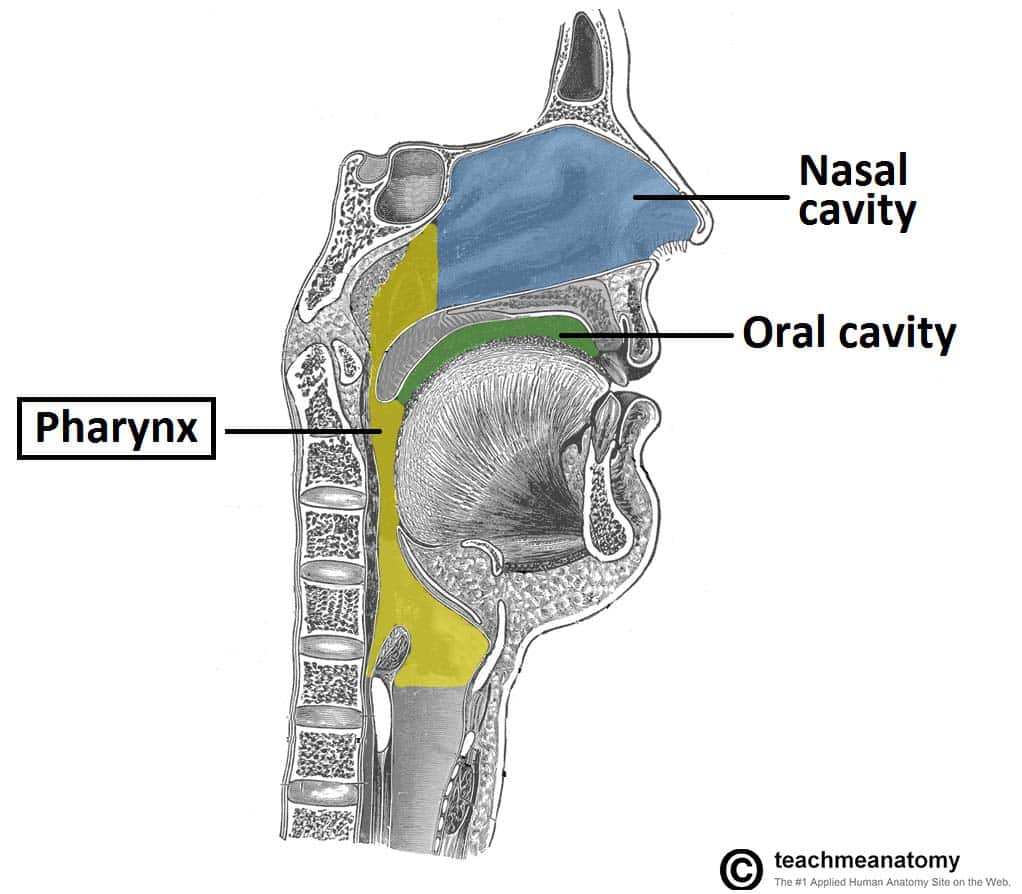

If pharmacologic treatments fail, microvascular decompression (MVD) is a safe and effective surgical option. Also, low dose selective serotonin reuptake inhibitors (SSRIs) can be useful. Carbamazepine is most often the first medication used in therapy, and if it achieves partial pain relief, a second medication can be added. įirst-line treatments of GPN are anti-epileptic and anti-depressant medications such as carbamazepine, gabapentin, and pregabalin. Idiopathic glossopharyngeal neuralgia is caused by compression of cranial nerve IX by a vessel or dysfunction of the central pons, whereas secondary glossopharyngeal neuralgia can result from trauma, neoplasm, infection of the throat, surgery, or malformations. This condition is classified as classical glossopharyngeal neuralgia, which is episodic pain, or symptomatic glossopharyngeal neuralgia, in which the pain is constant. A subset of patients with glossopharyngeal neuralgia also experienced symptoms of excessive vagal stimulation during attacks, with symptoms such as bradycardia, hypotension, syncope, seizures, or cardiac arrest. Glossopharyngeal neuralgia consists of episodic, unilateral sharp pain in the posterior throat, tonsils, base of the tongue, and inferior to the angle of the mandible that can last from seconds to minutes. It is a sporadic condition related to hyperactivity of cranial nerve IX. Glossopharyngeal neuralgia (GPN) is characterized by oropharyngeal pain that is triggered by mandibular actions, mainly swallowing, but also chewing, coughing, and yawning. Special sensory fibers provide taste afferents from this portion of the tongue as well. General somatic afferent fibers (general sensory) provides sensory innervation to the upper pharynx, the inner surface of the tympanic membrane, and the posterior third of the tongue. General visceral afferent fibers (visceral sensory) carry sensory information from the carotid sinus and carotid body. The fibers originate in the inferior salivary nucleus then travel with the tympanic nerve through the foramen ovale, and synapse at the otic ganglion.

General visceral efferent fibers (visceral motor) provide parasympathetic innervation to the parotid glands. This muscle is responsible for elevating the larynx and pharynx, especially during speaking and swallowing. Special visceral efferent fibers (branchial motor) are the main motor fibers of the glossopharyngeal nerve and supply motor innervation to the stylopharyngeus muscle. Its branches consist of tympanic, tonsillar, stylopharyngeal, carotid sinus nerve, branches to the tongue, lingual branches, and a communicating branch to cranial nerve X (vagus nerve). The glossopharyngeal nerve carries sensory, efferent motor, and parasympathetic fibers.


 0 kommentar(er)
0 kommentar(er)
